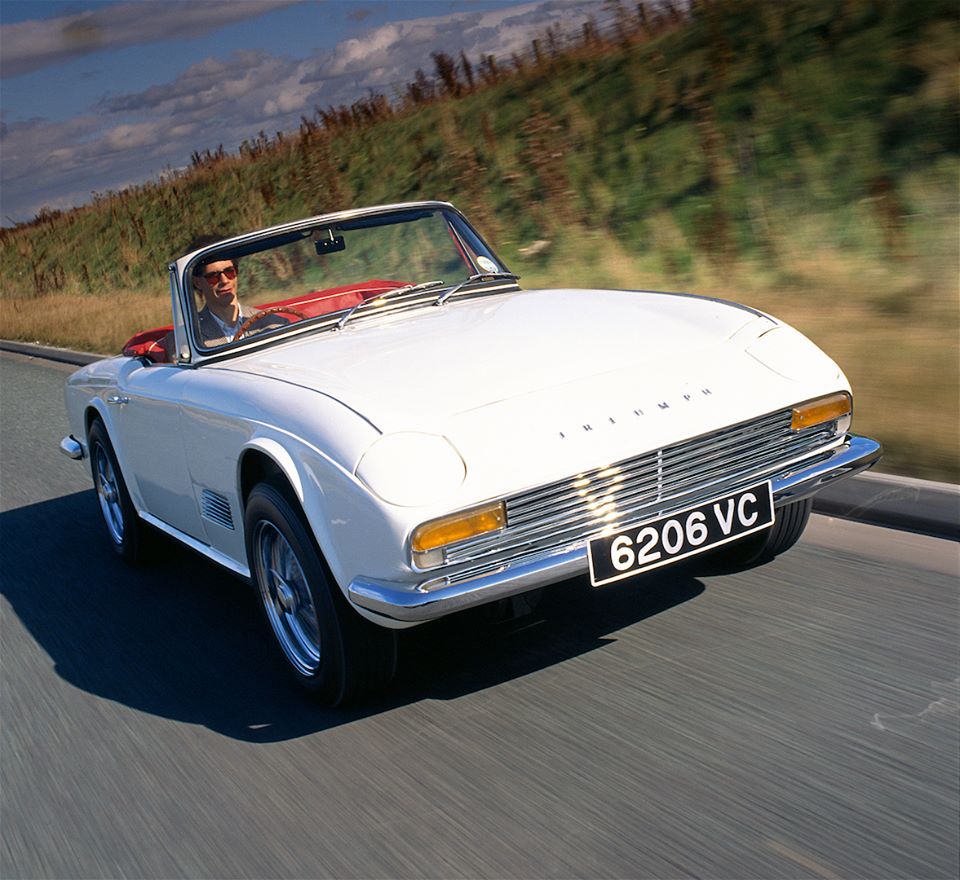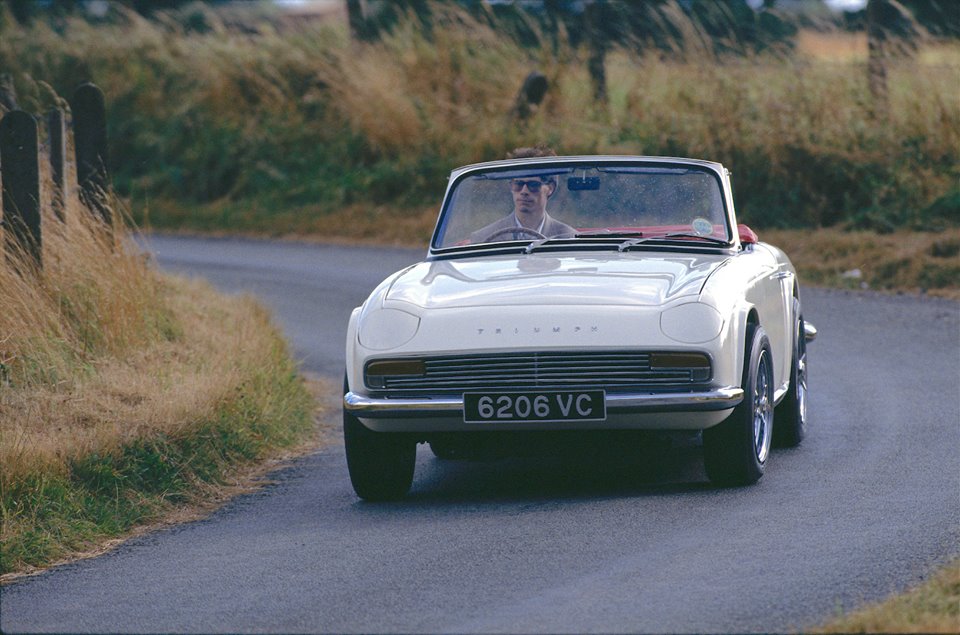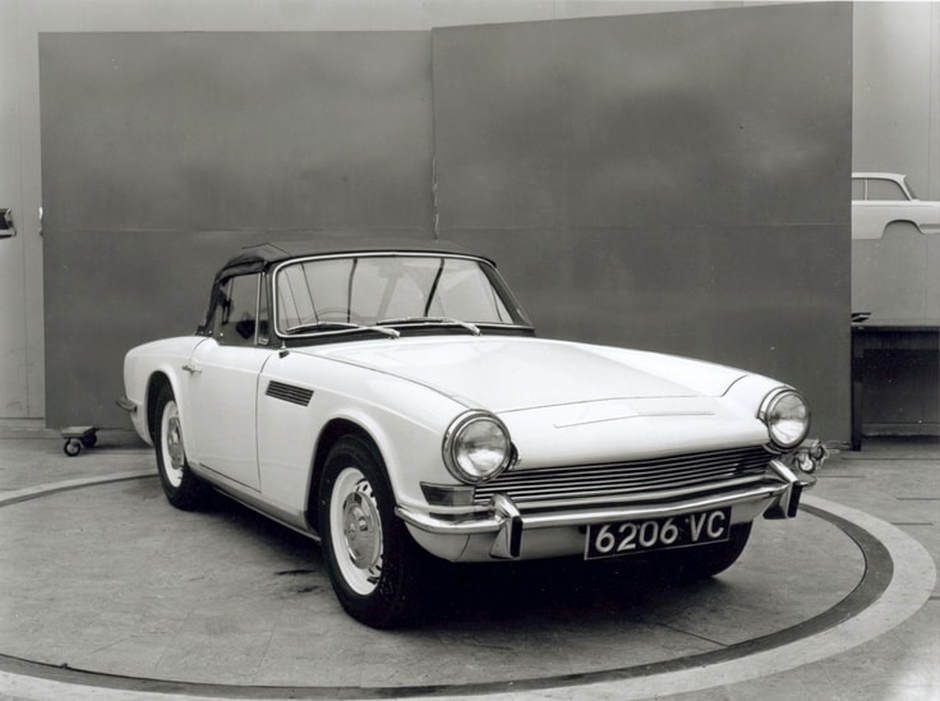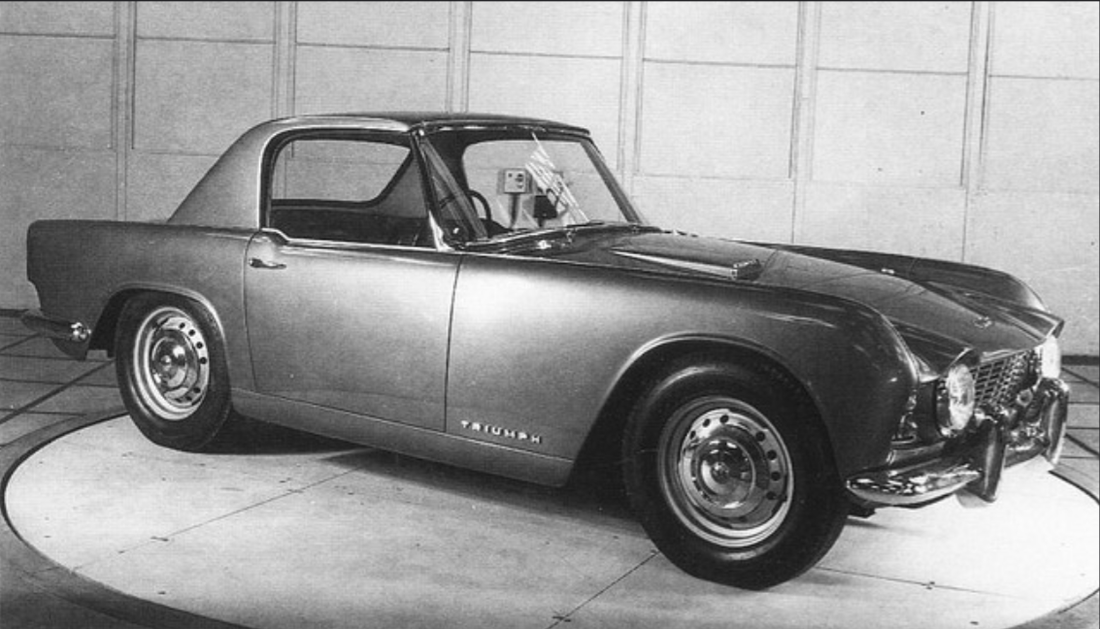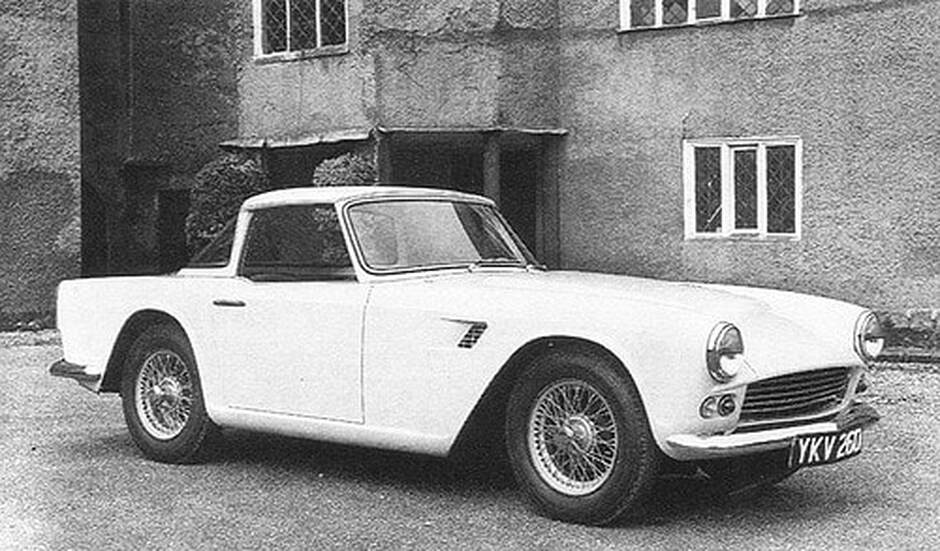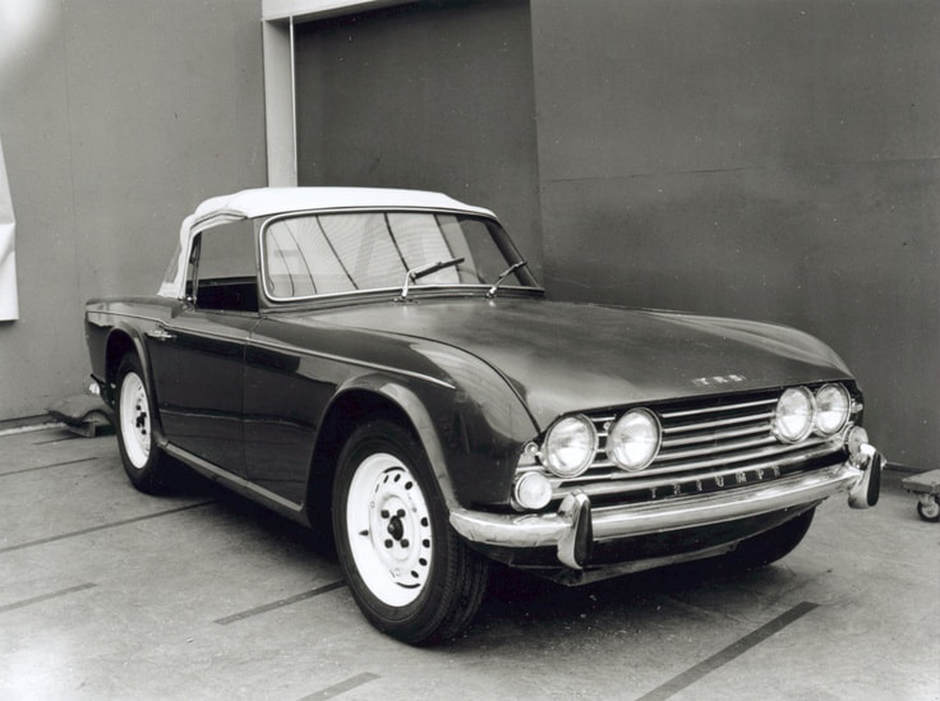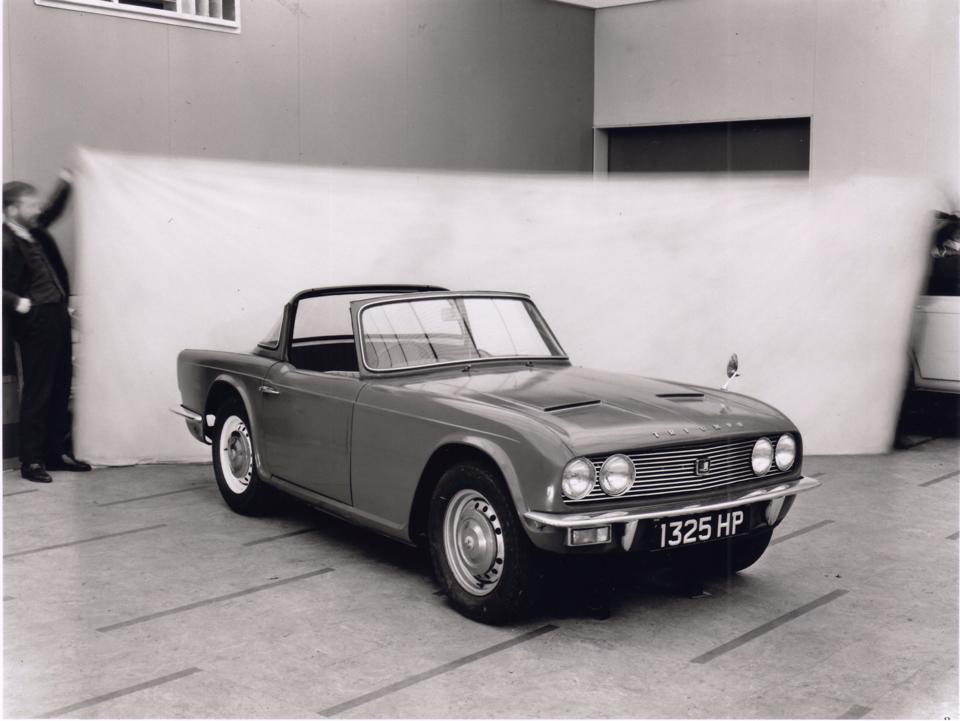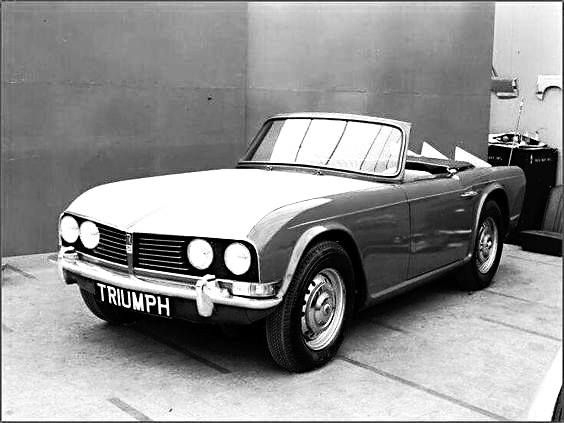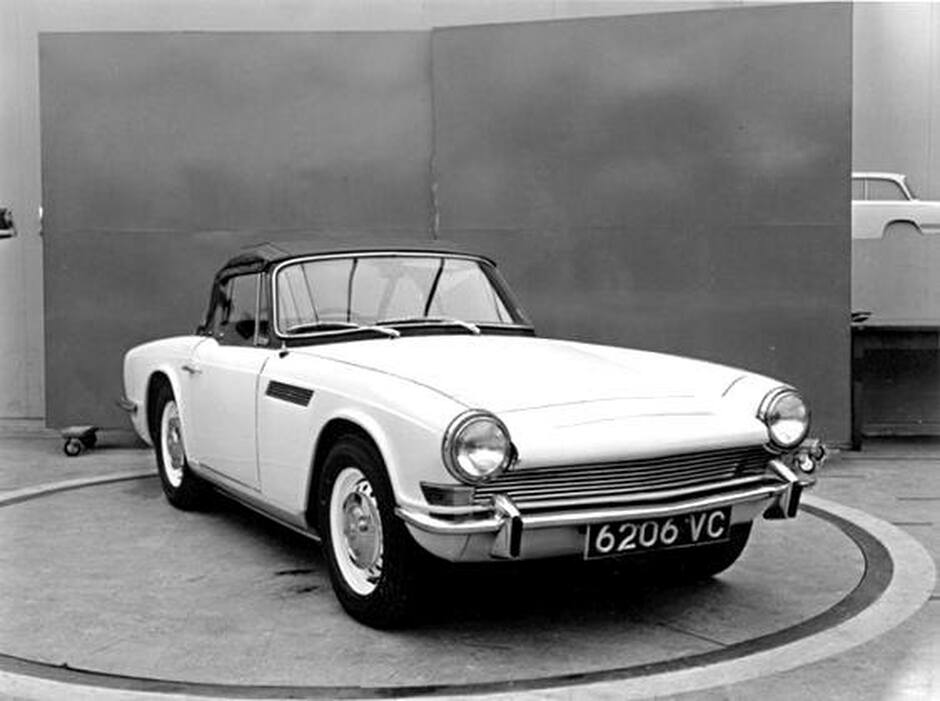Triumph TR4 and TR4A Prototypes |
This page features the development work of the Triumph TR4 and Tr4A including some of the prototypes.
|
Triumph Zest
|
By the end of the 1950s, Standard Triumph faced a problem with how best to replace their popular TR3. Michelotti, who had been introduced to Triumph supremo Harry Webster in 1957 as somebody who could design and build a new car in a remarkable 3 months, was commissioned to design a replacement and true to his word produced a completely new, very US influenced design by the close of 1957. This proposal was however doomed as tooling costs would have meant that the 'TR4' would have cost at least 50% more to produce than its predecessor. The more immediate problem of styling what was to become the Herald then took precedence over this project 'Zest' as it was named, all Triumph code names for prototypes at the time beginning with the letter 'Z'.
Thoughts returned to the TR3 successor at the end of 1958 and with time now pressing for a decision to be made, Michelotti had by 1960 designed a further two bodies on a wider track version of the existing TR3 chassis, one with a hardtop. Also called Zest, the chosen proposal was running as a prototype by 1961 and following the take over of Standard Triumph by Leyland early in that year the TR4 was put into immediate production in this form. During early stages of Zest development Triumph engineers had proposed a twin-cam engine as designed for Le Mans. This however would have been too expensive for production as it would have required major chassis development, and so the TR4 was launched with the existing Vanguard based four cylinder unit. Realising that this engine was nearing the end of its useful life, Triumph engineers dropped the six-cylinder Vanguard unit into the existing chassis/body structure and showed that this could be done with very little modification. The development car for this was TR4 chassis no X684, which was converted from left to right hand drive and then registered for the road in January 1963 as 6206 VC. |
It was realised at this time that despite its success in reviving the TR marque, the existing TR4 bodystyle would soon need updating. Michelotti produced the sleek Fury prototype in 1965 which featured heavy Spitfire influences, but funds were not available to pay for the heavy investment needed in a completely new body style. A facelift of the existing body was considered to be the best solution and in 1965/66 6206 VC was sent to Michelotti to be restyled. When it was returned to Coventry in 1966/7 the 'Zest' (as all TR prototypes were now being called) had been transformed with a smooth aerodynamic front featuring Lotus Elan influenced pop-up headlamps and the now trademark inset rear panel already seen on the 2000 and 1300 models.
Although well liked by Triumph management, Zest in this form would never make it into production as proposed US safety legislation threatened to outlaw concealed headlights. At this time Michelotti was heavily committed to other work from Daf and Mazda and so was unable to take on the further restyling of the front end. Triumph then sent a TR5, along with the Zest, to Karmann in Germany who, using the same rear end treatment as Michelotti, restyled the front end to produce what became the TR6. Bought from Triumph by a dealer in Stoke in 1968 for £300 along with several other prototypes, the Zest was resprayed red by its first owner and then rescued from a scrapyard in 1979 where it had been sent with clutch failure 3 years previously. Still fitted with its experimental 1998cc Standard Vanguard 6-cylinder engine, some provisional restoration work was carried out and the car displayed at numerous shows. However, a full restoration was really needed and with a change of ownership in 1986 this was embarked upon in conjunction with Cheshire Triumph TR specialists TR Bitz. The car was restored to its original specification as it had left the Triumph factory in 1968 and is how the car remains today. |
The Triumph prototype 'Zest' although sometimes referred to as the Triumph TR4B.
